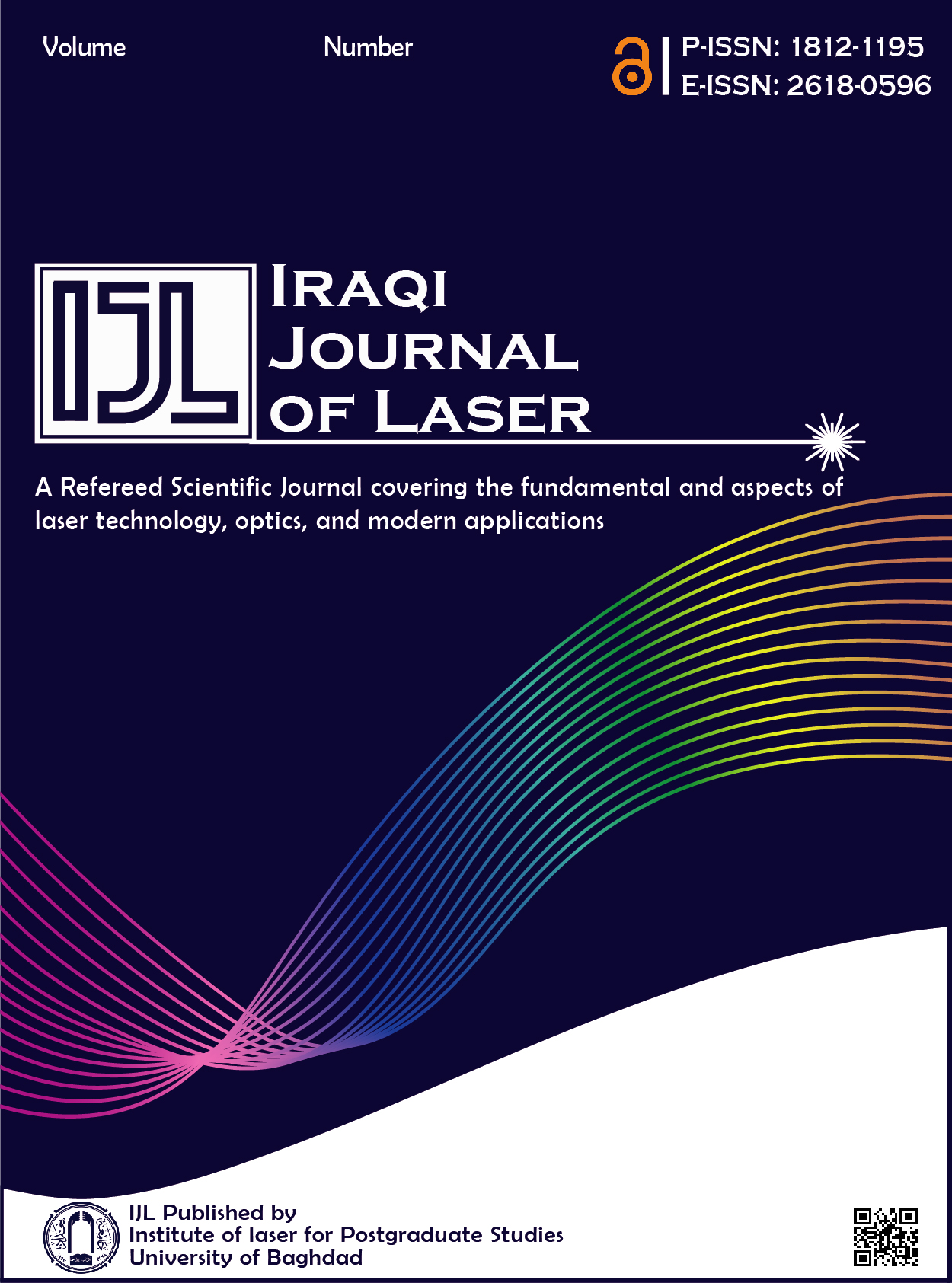Abstract
This research investigates new glasses which are best suitable for design of optical systems working in the infrared region between 1.01 to 2.3μm. This work is extended to Oliva & Gennari (1995,1998) research in which they found that the best known achromatic pairs are (BAF2-IRG2; SRF2-IRG3; BAF2-IRG7; CAF2-IRGN6; BAF2-SF56A and BAF2-SF6). Schott will most probably stop the production of these very little used and commercially uninteresting IRG glasses. In this work equally good performances can be obtained by coupling BAF2, SRF2&CAF2 with standard glasses from Schott or Ohara Company. The best new achromatic pairs foundare (SRF2-S-TIH10; CAF2-S-LAL9; CAF2-S-LAL13 and CAF2-S-BAH27). These new achromatic pairs are analyzedby using ZEMAX ray tracing program to design and analyzethe same F/2 camera used by Olivaandforthe same near infrared region (1.01-2.3μm). The results show that these pairs of glass have good performance in infrareddesignapplications.IntroductionA lens which is corrected for only one wavelength (color) -e.g. for laser applications -is described as a monochromat, i.e. the monochromatic aberration has been corrected, while chromatic aberrations remain uncorrected. Most lenses for general photography, laser to fiber coupling and wavelength-division multiplexing applications, however, are usedin a broader spectrum (wavelength range). Thus the chromatic (color) aberrations of these lenses must also be corrected over a wide spectrum to provide what is generally termed "sharpness". Here, the term "achromat" is used. Themost conspicuous color aberration is longitudinal chromatic aberration (LCA). With a monochromat, only the image (or the focus) of one wavelength lies in the image plane due to LCA, while the focus for shorter wavelengths lies in front of the image plane, and behind the image plane for longer wavelengths. Scientists say that "a primary spectrum is present". With an achromat, it is possible to correct the primary spectrum by combining converging and diverging lens elements made of different types of optical glass displaying different dispersion. To be more precise, it is possible to move the LCA for two wavelengths into the image plane (film plane).Optical designs of near-infrared (1.0–2.3μm) instruments are strongly constrained by a limited selection of near-infrared optical materials. Low-index materials such as CaF2, BaF2, LiF, NaCl, and infrared-grade fused quartz are commonly used forwindows and simple achromatic doublets. However, these low index materials have a restricted range of dispersive power that prevents good chromatic correction in complex, high-performance optical designs. In addition, NaCl, LiF, and BaF2 arehygroscopic and prone to damage. ZnSe isanother material that is suitable for near-infrared lenses, but its high index and large dispersive power limits itsusefulness. In addition, the high index of ZnSe makes it difficult to designbroadband antireflection coatings [1]. The internal transmission of most optical glasses with intermediate indices and dispersive powers is typically poor at near-infrared
